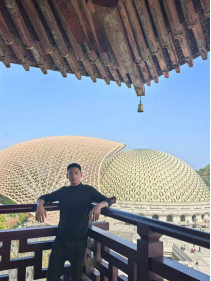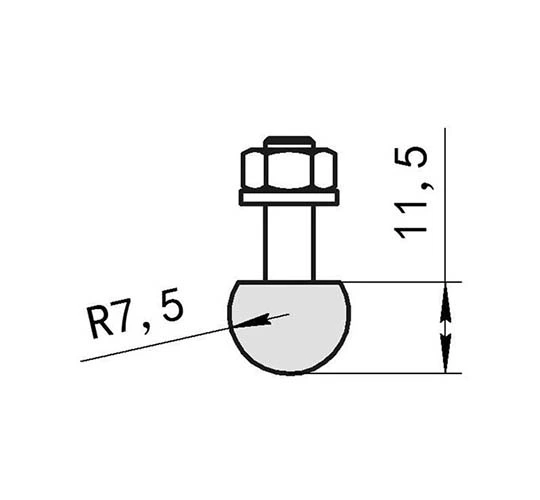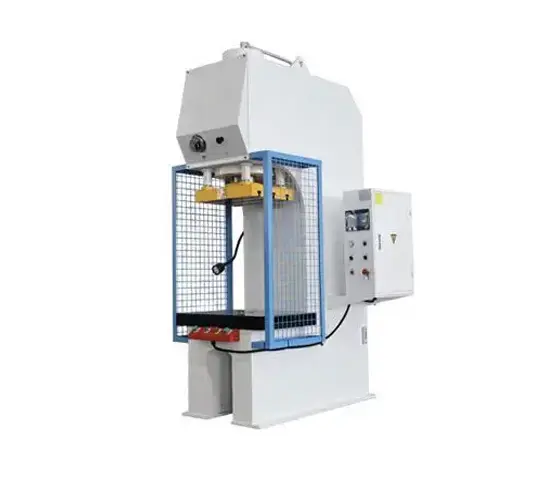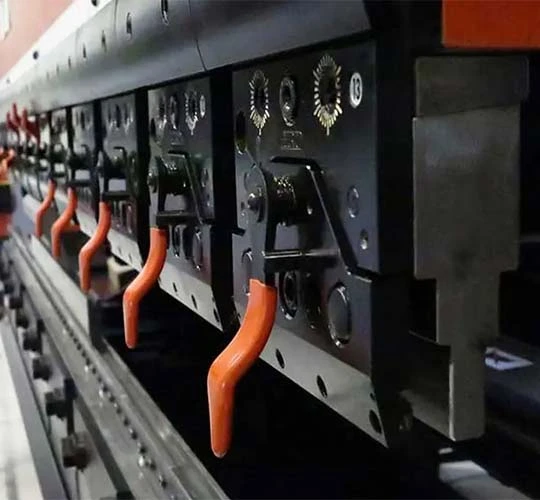When precision and efficiency are critical in industrial cutting, understanding the speed capabilities of a 3kW laser cutter is vital for optimizing production processes. A 3kW laser cutter delivers significant power, enabling it to slice through a variety of materials, from metals like steel and aluminum to more delicate substances. The cutting speed of such a machine varies based on several factors, including the material type and thickness, the desired cut quality, the laser type (such as fiber or CO₂), and specific machine settings. Typically, a 3kW laser can effectively cut stainless steel up to approximately 12–15mm thick and carbon steel up to about 20–25mm thick. By exploring the variables that influence cutting speed, this article provides practical insights to help enhance productivity while maintaining high-quality results, ensuring informed decisions for laser cutting applications.
Fundamental Concepts of Laser Cutting
Fiber laser cutting is a highly precise fabrication technique that uses intense laser beams to cut through materials. Understanding the characteristics of the laser source and how different materials interact with this technology is essential for achieving optimal results. Fiber lasers typically operate at a wavelength of around 1.06 micrometers, producing a tightly focused beam that metals absorb efficiently. This wavelength plays a critical role in determining cutting efficiency, speed, and the quality of the final output. Fiber lasers are highly compatible with various metals, including carbon steel, stainless steel, aluminum, and copper. The compatibility between the laser and the material influences the maximum thickness that can be cut accurately, as well as the speed of the process. Operators rely on detailed thickness and speed data to adjust settings for specific materials, ensuring maximum performance and precision in every cut.
Understanding Cutting Speed in Laser Cutting
Cutting speed is a key factor in achieving both quality and efficiency in laser cutting. It refers to how quickly the laser head moves across the material, directly impacting the level of detail in the finished product. Higher speeds are ideal for larger, less intricate projects, while slower speeds are better suited for detailed, complex designs. Measured in meters or feet per minute, cutting speed also affects equipment longevity. Properly managed speeds reduce wear on tools and components, lower power consumption, and extend the lifespan of the machine. The ideal speed depends on the size and intricacy of the project, ensuring a balance between productivity and precision to create high-quality results without compromising the equipment.
Factors Influencing Cutting Speed
Several factors determine the cutting speed of a 3kW laser cutter. The type of material being cut is a primary influence, as different materials absorb laser energy at varying rates. Highly reflective metals like aluminum and copper often require slower speeds to achieve clean cuts. Laser power also plays a significant role; a 3kW laser can cut thicker materials at faster speeds compared to a lower-powered machine, such as a 500W laser. For example, a 3kW laser might cut 1mm steel at up to 30–35m/min under optimal conditions, while a 500W laser achieves only around 10m/min for the same material. The focus position of the laser beam is another critical factor; improper focus can reduce cutting speed and compromise edge quality. Additionally, the type and pressure of assist gases—such as oxygen, nitrogen, or air—affect both cutting speed and the smoothness of the cut edge, requiring careful adjustment to optimize performance.
Relationship Between Cutting Speed and Power
The interplay between cutting speed and laser power is fundamental to achieving optimal results. Higher laser power generally allows for cutting thicker materials or achieving faster speeds on thinner ones. For instance, a 3kW laser can cut through thicker materials more quickly than a lower-powered machine, but slower speeds are often necessary for thin materials to ensure clean, precise cuts. Striking the right balance between speed and power is crucial, particularly for tasks like laser engraving, which demand exceptional precision. If the balance is not maintained, engravings can be ruined, wasting time and materials. While high power and speed may seem ideal for cutting through thick materials efficiently, excessive power can damage delicate materials or compromise cut quality. Conversely, low power settings are better suited for thinner materials, offering greater control and minimizing heat damage, but they may struggle with thicker materials, resulting in incomplete cuts.
Optimizing Power and Speed for Best Results
Choosing the right power and speed settings is essential for achieving the desired cutting effect. Different materials require tailored settings; denser materials like hardwood or acrylic often need higher power and slower speeds, while softer materials like paper or fabric can be cut with lower power and faster speeds. The desired depth of the cut or engraving also influences settings—higher power or slower speeds produce deeper results, while lower power or faster speeds yield shallower cuts. However, excessive power can damage the material or machine, so testing settings on a small sample is critical before starting a project. Balancing power and speed enhances efficiency, as overly slow speeds or high power can increase production time and wear on the machine. Experimenting with various combinations and iterating based on test results helps fine-tune settings, minimizing costly mistakes and ensuring high-quality outcomes.
Importance and Applications of a 3kW Laser Cutter
A 3kW laser cutter combines efficiency, precision, and versatility, making it a valuable tool for a wide range of industrial applications. It can cut various metals, including mild steel up to 20–25mm, stainless steel up to 12–15mm, and aluminum up to around 10mm, as well as certain non-metals like plastics and composites, though these are less commonly used. The high cutting speeds of a 3kW laser, particularly for thinner materials, boost productivity, while its precision ensures clean edges and minimal thermal distortion, reducing the need for post-processing. This makes it highly efficient, balancing energy consumption with cutting performance for cost-effective medium to high-volume production. Using appropriate assist gases, such as oxygen for steel or nitrogen for stainless steel and aluminum, further enhances cutting speed and quality. Fine-tuning parameters like laser power, speed, and focus position is essential for optimizing performance across different materials and thicknesses. Applications include industrial manufacturing in sectors like automotive, aerospace, and heavy machinery, as well as custom fabrication for metalwork, signage, decorative pieces, and prototyping, where its accuracy supports rapid design iterations.
Exploring 3kW Fiber Laser Capabilities
A 3kW fiber laser cutting system, with its 3000-watt power output, is widely used in industrial settings due to its superior efficiency, excellent beam quality, and lower maintenance requirements compared to CO₂ lasers. The cutting speed of a 3kW fiber laser varies depending on the material, thickness, and machine settings. For example, it can typically cut:
1mm mild steel at approximately 10–15m/min
2mm stainless steel at 8–12m/min
3mm aluminum at 6–10m/min
5mm acrylic at 2–4m/min
6mm wood at 3–6m/min
These speeds are achievable under optimized conditions with proper gas and focus settings. The maximum thickness a 3kW laser can cut depends on material properties such as reflectivity and thermal conductivity, as well as the quality of the laser system. Typically, it can cut stainless steel up to 12–15mm and carbon steel up to 20–25mm. However, these values may vary depending on the specific configuration, so it's recommended to consult the machine manufacturer for tailored performance specifications.
Summary of Laser Cutting Speeds for Different Materials
Fiber laser cutting speeds vary significantly based on laser power, material type, and thickness. Below are indicative speed ranges under optimized conditions for a 3kW fiber laser, and for comparison, a 15kW high-power laser:
Carbon Steel (3kW):
1mm: 28–35m/min
5mm: 2.5–3.3m/min
12mm: 1.0–1.3m/min
Carbon Steel (15kW):
1mm: 70–90m/min
25mm: 0.9–1.2m/min
Stainless Steel (3kW):
1mm: 25–30m/min
5mm: 1.8–2.5m/min
10mm: 0.7–1.6m/min
Stainless Steel (15kW):
1mm: 75–90m/min
30mm: 0.6–0.8m/min
Aluminum (3kW):
1mm: 20–30m/min
4mm: 3–4m/min
12mm: 0.6–0.9m/min
Aluminum (15kW):
1mm: 65–85m/min
30mm: 0.6–0.8m/min
Brass (3kW):
1mm: 20–30m/min
5mm: 1.0–1.6m/min
8mm: 0.3–0.45m/min
Brass (15kW):
1mm: 60–75m/min
20mm: 0.8–1.2m/min
These figures demonstrate the broad capabilities of fiber lasers across a range of materials and thicknesses. Note that actual performance depends on gas type, machine tuning, material grade, and laser brand.
Choosing the Right Fiber Laser Solution
Selecting the appropriate fiber laser wattage for your business requires careful consideration of production needs, material types, and desired throughput. Partnering with a trusted supplier can simplify this process by providing high-quality equipment, expert guidance, and competitive pricing. A reliable supplier offers durable machines, tailored advice to match the right laser to your requirements, and ongoing support to maximize your investment. With a commitment to customer satisfaction, you can confidently select a 3kW fiber laser or explore other wattage options to elevate your cutting capabilities and drive operational success.
 English
English 日本語
日本語 한국어
한국어 français
français Deutsch
Deutsch Español
Español русский
русский Türkçe
Türkçe português
português العربية
العربية Polska
Polska हिंदी
हिंदी Indonesia
Indonesia



